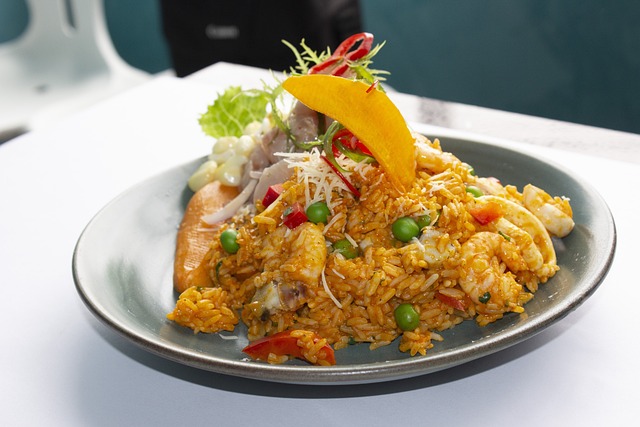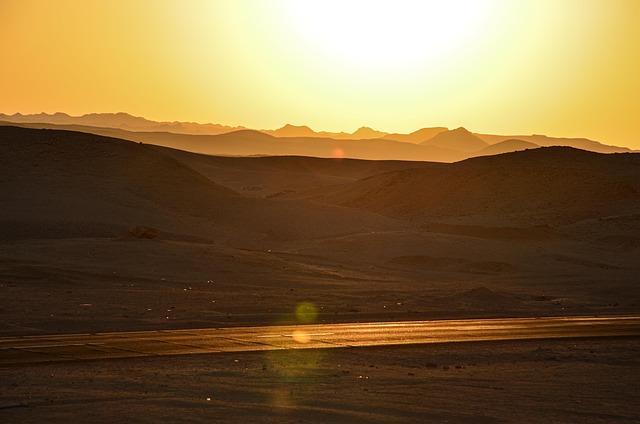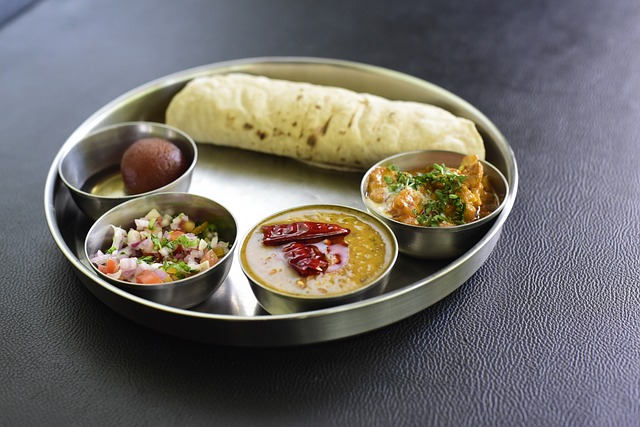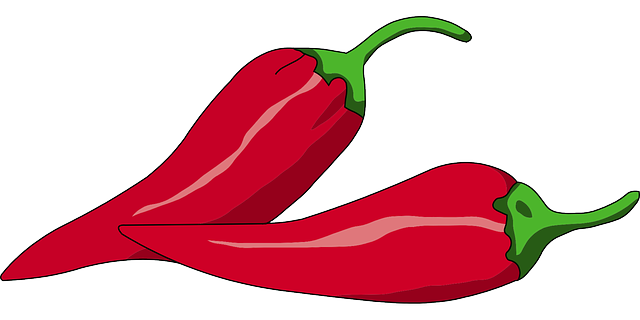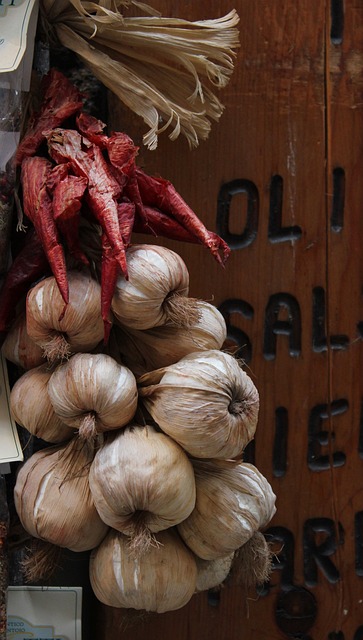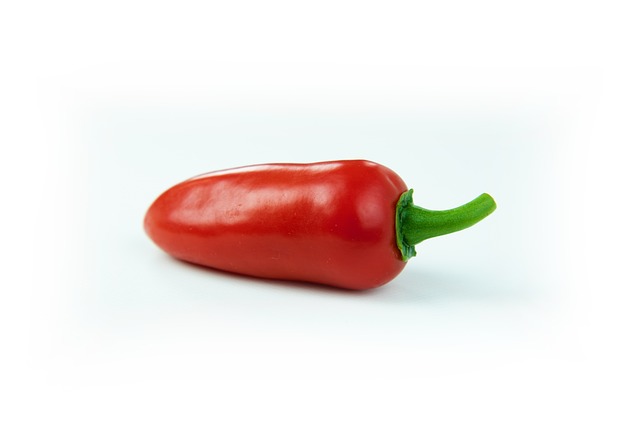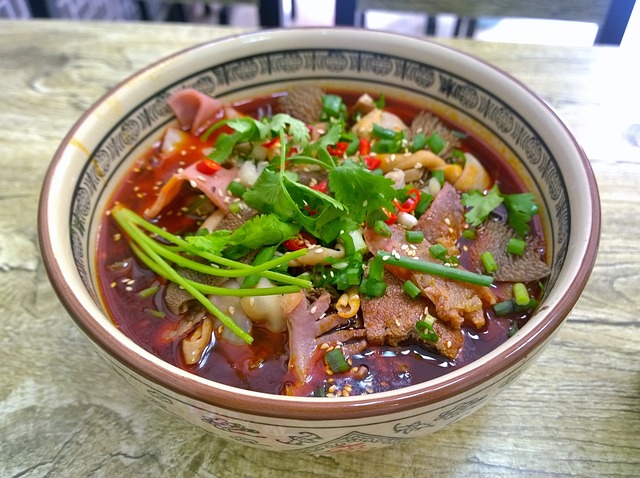spicy perfumes
Spicy Perfumes: An In-Depth Exploration
Introduction
Welcome to an aromatic journey into the captivating world of spicy perfumes, a niche yet influential segment within the broader fragrance industry. This article aims to delve into the intricate details that make spicy fragrances stand out, their global impact, and the various factors shaping their future. Spicy perfumes, with their bold and complex notes, have captivated noses worldwide, becoming more than just a scent—they are an experience, a story, and a reflection of cultural diversity. By exploring its multiple facets, we uncover the allure and significance of this captivating fragrance category.
Understanding Spicy Perfumes: Unveiling the Essence
Definition: Spicy perfumes, often characterized by their vibrant and intense aromas, owe their signature to the inclusion of essential oils derived from spices. These spices, ranging from peppery to warm and woody, add a complex depth that distinguishes them from floral or fruity fragrances.
Core Components: The heart of a spicy perfume lies in its top, middle, and base notes:
- Top Notes: Initial scents that capture the attention, typically comprising citrus, herbal, or light spice varieties. For instance, bergamot, lemon, or ginger may open a spicy fragrance.
- Middle (Heart) Notes: The essence of the perfume’s character, revealing the spice’s true nature. Common examples include cardamom, clove, cinnamon, nutmeg, and patchouli, each offering a unique aromatic profile.
- Base Notes: These are the enduring foundations that provide depth and longevity to the fragrance. Musk, amber, sandalwood, vetiver, and cedarwood are popular choices for their warm, woody, or musky scents.
Historical Context: The use of spices in perfumery dates back centuries, with ancient civilizations like Egypt, Greece, and China utilizing them for both medicinal and aromatic purposes. In medieval Europe, spices were highly prized and often used to mask unpleasant odors in a time before advanced hygiene practices. Over time, spicy fragrances evolved from mere ingredients to artistic expressions, reflecting cultural influences and societal trends.
Significance: Spicy perfumes offer a unique sensory experience, evoking emotions and memories through their powerful scents. They are versatile, suiting both casual and formal occasions, and have gained popularity across diverse demographics. The category’s appeal lies in its ability to convey warmth, energy, and sophistication, making it a favorite among perfumers and consumers alike.
Global Impact and Trends: A World of Aromatic Diversity
International Influence: Spicy perfumes are a global phenomenon, with significant variations and preferences across regions. Key players in the industry include France, Italy, India, Japan, and the United States, each contributing unique spice-based fragrances to the market.
| Region | Notable Features | Popular Spice Notes |
|---|---|---|
| France | Elegance, sophistication | Lavender, vanilla, patchouli |
| Italy | Fresh, vibrant | Citrus, bergamot, rosemary |
| India | Rich, exotic | Saffron, cardamom, clove |
| Japan | Delicate, artistic | Jasmine, bamboo, camphor |
| USA | Modern, diverse | Pepper, ginger, cedarwood |
Trends Shaping the Spicy Perfume Landscape:
- Cultural Fusion: A growing trend blends traditional spice notes from different cultures, creating unique and innovative fragrances. For example, combining Japanese cherry blossom with Indian saffron offers a modern twist on classic spices.
- Sustainability Focus: There is an increasing demand for spicy perfumes made with ethically sourced, natural ingredients, driving brands to prioritize sustainability in their production processes.
- Personalization: Customized fragrance options are gaining popularity, allowing consumers to create their own signature spicy blends, catering to individual preferences.
- Regional Interpretation: Local spice profiles and traditions are being explored, leading to regional variations that capture the essence of specific areas, such as Indian masala or Mexican chili.
Economic Considerations: The Business of Spicy Perfumes
Market Dynamics: The global spicy perfume market is a dynamic sector within the larger fragrance industry. According to a recent report by Grand View Research, the market size was valued at USD 7.8 billion in 2021 and is expected to grow at a CAGR of 6.5% from 2022 to 2030. This growth can be attributed to rising consumer disposable income, increasing demand for premium fragrances, and expanding distribution channels.
Investment Patterns: Major players in the industry include established perfume houses like Chanel, Dior, and Gucci, as well as niche brands specializing in spicy fragrances. These companies invest heavily in research and development to create unique formulations, ensuring their products stand out on a competitive market.
Economic Impact: Spicy perfumes contribute significantly to economic systems through:
- Tourism: Fragrance destinations like Paris and Florence attract visitors interested in the art of perfumery, boosting local economies.
- Export/Import: Countries with robust spice cultivation industries export raw materials, generating revenue. Conversely, importing exotic spices for perfume production can impact trade balances.
- Job Creation: The industry supports various roles, from perfumers and chemists to sales associates and marketing specialists, contributing to employment rates.
Technological Advancements: Revolutionizing the Spicy Perfume Experience
Innovation in Perfumery: Technology plays a pivotal role in enhancing our understanding and creation of spicy perfumes:
- Gas Chromatography-Mass Spectrometry (GC-MS): This analytical technique allows perfumers to identify and quantify specific compounds in fragrances, ensuring consistent quality control.
- Digital Perfumery: Advanced software platforms enable virtual scent creation, enabling perfumers to experiment with combinations and predict olfactory outcomes before physical production.
- Sustainable Ingredients: Innovations in biotechnology are driving the development of synthetic spices that mimic natural counterparts, promoting sustainability and reducing cost.
Impact and Future Potential: Technological advancements promise:
- Personalized Fragrances: Customization on a molecular level could revolutionize perfume creation, offering highly individualized spicy scents tailored to specific preferences.
- Enhanced Scent Delivery: New delivery systems, such as transdermal patches or advanced packaging, might provide longer-lasting and more controlled fragrance experiences.
- Virtual Reality (VR) Retail: VR technology can offer immersive scent exploration, allowing consumers to ‘try on’ different spicy perfumes virtually before making a purchase.
Policy and Regulation: Navigating the Legal Landscape
Regulatory Frameworks: The production and sale of spicy perfumes are subject to various regulations worldwide, ensuring consumer safety and ethical practices:
- Cosmetics Directives: Many countries have specific cosmetics regulations that cover fragrances, setting limits on certain chemicals and requiring ingredient labeling.
- Spice Import/Export Controls: Trade agreements and customs regulations govern the movement of spices, especially those considered endangered or ethically sourced.
- Environmental Standards: Initiatives like the EU’s REACH (Registration, Evaluation, Authorization, and Restriction of Chemicals) regulation aim to minimize the environmental impact of perfume production.
Key Considerations:
- Ingredient Safety: Perfumers must adhere to strict guidelines regarding the use of natural and synthetic spices to ensure product safety.
- Labeling Transparency: Clear ingredient lists and fragrance notes on labels empower consumers to make informed choices, especially those with sensitivities or allergies.
- Counterfeiting Prevention: Strict regulations and brand protection measures are essential to combat counterfeiting, which can pose health risks and damage legitimate businesses.
Challenges and Criticisms: Overcoming Obstacles
Main Challenges:
- Consistency in Quality: Ensuring consistent quality across batches, especially with natural spice extracts, remains a challenge for perfumers.
- Sustainability Concerns: The ethical sourcing and production of spices, particularly rare or endangered varieties, are critical issues that need addressing.
- Allergies and Sensitivities: Some spicy fragrances may trigger allergies or sensitivities in individuals, requiring careful consideration in formulation.
Criticisms and Strategies:
- Overuse of Common Notes: Critics argue that certain popular spices, like vanilla or cinnamon, are overused, leading to a lack of innovation. To counter this, perfumers can explore less conventional spices and unique combinations.
- Environmental Impact: The industry’s focus on natural ingredients can be challenging in terms of sustainability. Brands should embrace eco-friendly practices throughout their supply chains.
- Counterfeiting: Stricter legal measures and brand education can help combat counterfeiting, protecting both consumers and legitimate businesses.
Case Studies: Real-World Applications and Success Stories
Case Study 1: “Saffron Dreams” by Indian Perfumer, Nupur Parmar
Nupur Parmar, a renowned Indian perfumer, created “Saffron Dreams,” a spicy fragrance inspired by the vibrant festivals of her homeland. Using locally sourced saffron and blending it with traditional spices like cardamom and clove, she crafted a unique scent that captured the essence of India. The perfume became an instant success, winning awards for its cultural significance and innovative use of local ingredients. This case highlights the power of embracing regional traditions in spicy perfumery.
Case Study 2: “Dark Forest” by French House, Maison Lancôme
Lancôme’s “Dark Forest” is a modern spicy fragrance that draws inspiration from the mysterious forests of China. It combines rare ingredients like Chinese wolfberry and amberwood with more familiar spices like cinnamon and patchouli. The perfume has been praised for its complex, intriguing scent profile and has gained a loyal following worldwide. This example illustrates how cultural fusion can create captivating spicy fragrances.
Future Prospects: Emerging Trends and Strategic Considerations
Potential Growth Areas:
- Niche Spicy Perfumes: Specialized brands catering to specific spice preferences or unique olfactory experiences are likely to thrive.
- Sustainability-Focused Fragrances: Eco-conscious consumers will drive demand for sustainable spicy perfumes, made with ethically sourced ingredients and minimal environmental impact.
- Digitalization of Scent Exploration: VR technology and advanced digital platforms will transform the way consumers discover and purchase spicy fragrances.
Emerging Trends:
- Spicy-Floral Fusions: Blending spicy notes with floral accords offers a unique twist, appealing to those seeking something different.
- Woody Spices: Exploring woodier spice notes like sandalwood and vetiver in new combinations can create intriguing, earthy scents.
- Regional Interpretations: Local spice profiles will continue to gain popularity, as consumers embrace the distinct aromas of their cultures.
Strategic Considerations:
- Sustainability and Ethics: Brands should prioritize sustainability in every aspect of production, from ingredient sourcing to packaging.
- Personalization and Customization: Offering personalized fragrance experiences will differentiate brands and attract tech-savvy consumers.
- Education and Transparency: Providing detailed information about ingredients and scent profiles can build trust with discerning customers.
Conclusion: A Scented Journey Continues
Spicy perfumes, with their vibrant and complex nature, have captivated perfumers, consumers, and researchers alike. This article has explored the intricate details that make these fragrances stand out, from historical roots to global trends and technological innovations. The industry’s growth is driven by cultural diversity, consumer demand for unique experiences, and a commitment to sustainability.
As we look ahead, spicy perfumes are poised to continue their journey as a significant segment within the fragrance market, influencing fashion, travel, and personal expression. By embracing challenges, staying true to sustainability goals, and fostering innovation, the industry can ensure a bright future for these aromatic treasures.
FAQ Section: Answering Common Queries
Q: What makes spicy perfumes unique?
A: Spicy perfumes differentiate themselves through their bold use of essential oils derived from spices, creating complex and intense scents that go beyond floral or fruity fragrances.
Q: Can you suggest ways to identify high-quality spicy perfumes?
A: High-quality perfumes should have balanced notes where no single spice dominates. Look for transparency in ingredient lists and consider trying out samples to assess the longevity and complexity of the scent.
Q: Are there any health risks associated with using spicy fragrances?
A: When used appropriately, spicy perfumes pose minimal health risks. However, some individuals may have allergies or sensitivities to certain spices, so patch testing is recommended before purchasing.
Q: How does technology impact the development of spicy perfumes?
A: Technology plays a crucial role in scent creation, ingredient identification, and personalized fragrance experiences. It also aids in ensuring quality control and exploring new delivery systems for fragrances.
Q: Can you explain the significance of regional spice profiles in modern perfumery?
A: Regional spice profiles add cultural authenticity to perfumes, offering unique olfactory experiences that reflect diverse global traditions. This trend celebrates cultural diversity and captures the essence of specific areas.
